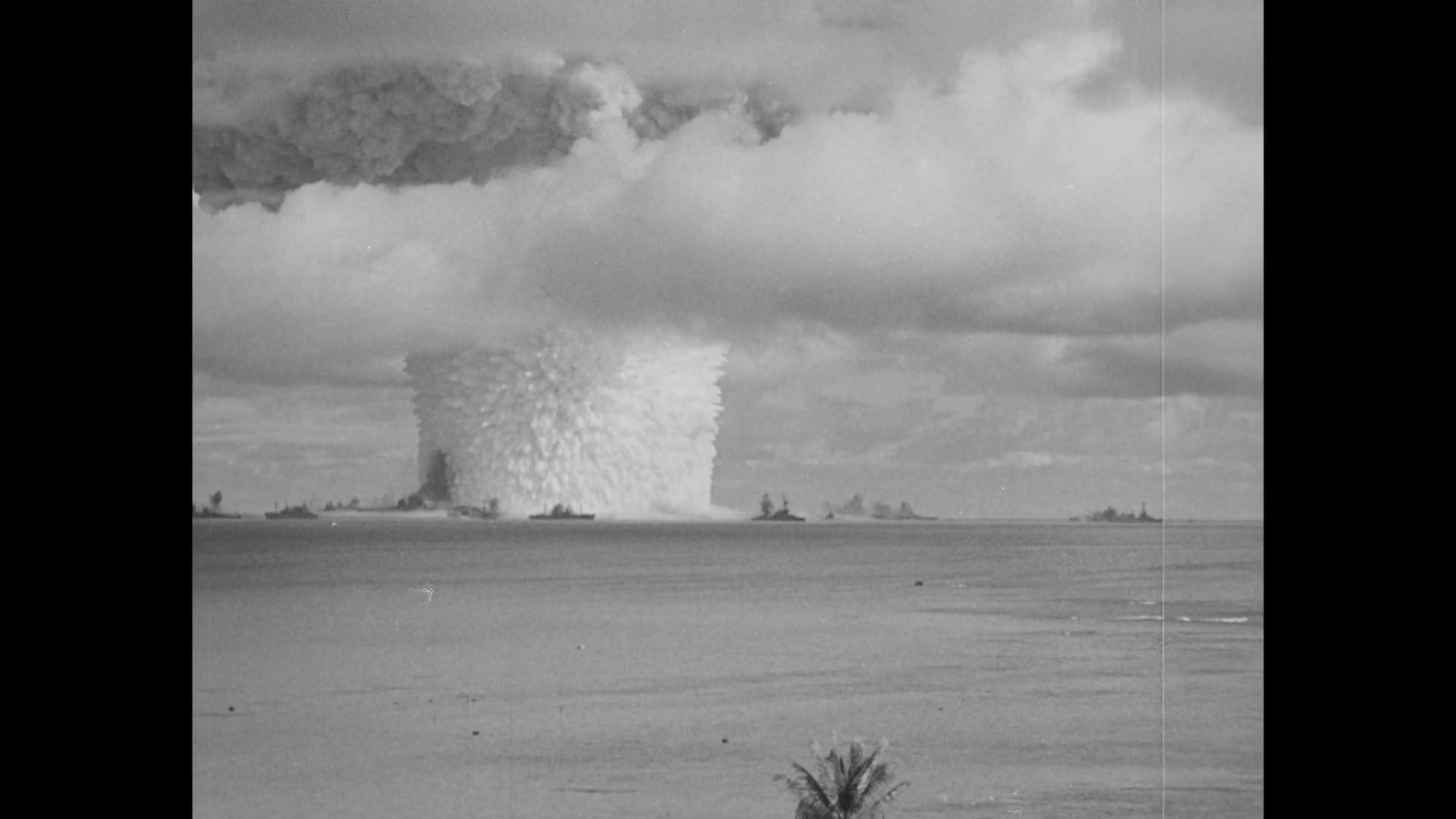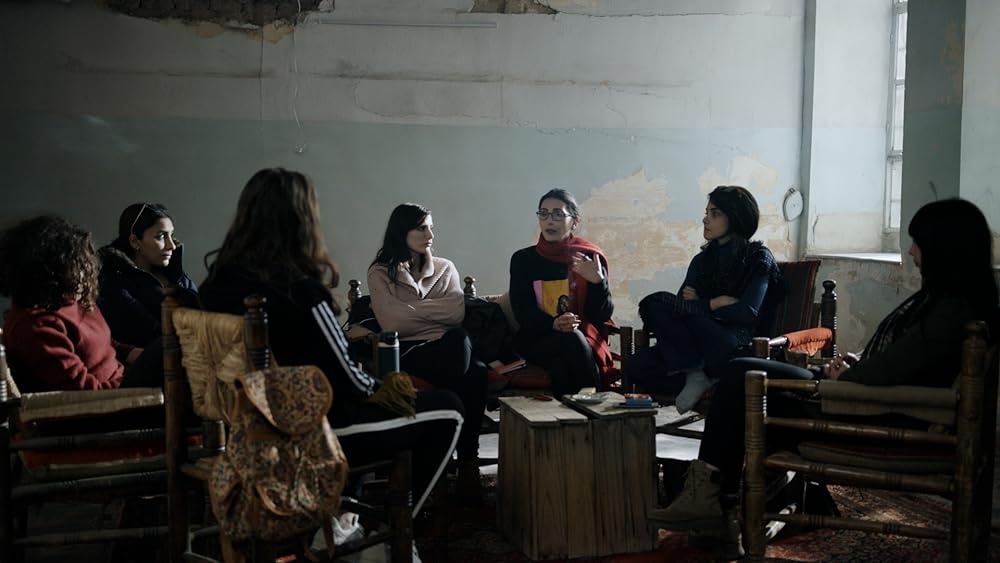Nuked
(Canada, 92 min.)
Dir. Andrew Nisker
The defining moment of the 20th century occurred on August 6, 1945, when the US dropped the nuclear bomb on Hiroshima. Although it took another attack, on Nagasaki, three days later, to get the Japanese government to surrender, ending World War II, the event had even greater results than the termination of the greatest global conflict in history. Over 80,000 people had died directly from one bomb and 70,000 more perished from the other later that week at Nagasaki, indicating the devastating power of nuclear weaponry. At the time, it seemed unimaginable: two bombs could do that? A new era had begun: the Nuclear Age. And with it came the question: what are the consequences?
Andrew Nisker’s compassionate yet devastating film Nuked is an account of what took place on the Marshall Islands, the US’s favourite location for nuclear testing, in less than a decade and a half after the war ended. From 1946 through to 1958, the US military dropped 67 nuclear weapons on the Marshall Islands’ Bikini and Enewetak Atolls in attempts to gauge the effects of their new nuclear devices. The weapons ranged from plutonium to hydrogen bombs with tests being made on the surface and in the surrounding waters of the islands. Why so many tests took place is just one of the questions that will never be truly answered but one can surmise that the American scientists and army officers took advantage of the situation to explore every scientific and strategic avenue offered to them with no thought of consequences to the people on the islands or to the environment of the Pacific.
The effects, as Nisker’s film shows, were devastating to the Indigenous people of the islands, the Marshallese. They had to leave their island paradise to other atolls—primarily, Rongelap, Utirik and Ailinginae, none of which could match their former native land. Attempts at moving back haven’t worked out due to on-going radiation on the islands. It’s unlikely that the islanders will ever be able to return home again—and if they do, it will be decades from now, in diminished circumstances.
The general area of Micronesia, which includes the Marshall Islands, ironically designated the “the trust territories” by the United Nations, was given to the US for nearly 50 years. As Nisker’s film shows, the Americans betrayed the trust of the Marshallese and other Indigenous nations as they used the area for a barrage of tests that have permanently devasted the region. The fish, the water, the plants, the air—everything—have been subjected to bombs and radiation that have irrevocably damaged the entire eco-system. The Marshallese and others who dwelled in Micronesia for centuries, interacting peaceably and sustainably on islands that some have called “paradise,” have seen it all ruined, leaving them isolated and permanently without a home.
Andrew Nisker has made a stunning film, which incorporates archival footage with contemporary interviews, relating the horrifying tale of what took place on Bikini Atoll and the region since the beginning of the Nuclear Age. The material that Nisker discovered in US archives was brilliantly edited by Cathy Gulkin into a biting account of the effects of the va-va-voom bomb tests that still look amazing 70 years later. (Too bad they weren’t shot in Cinemascope.) The archives, cut together with modern voice-overs, reveal the thoughtless and imperialist actions of American technocrats who manipulated the Marshallese, placing them at risk, eating contaminated food and living in polluted environments, all the while being tested by military approved medical officers.
In the last third of Nisker’s film, the focus shifts to contemporary Marshallese, many of whom are living in the US. Although the islands are now independent of the US, the people are still allowed to work in America and reparations to them amount in the billions. But, of course, they’ve lost much of their land and way of life. Though Nisker follows people who are practical and, quite often, charming, and funny, it’s clear that they have suffered a lot. In a devastating scene, Nisker has one of the Marshallese leaders talking to a Shoshone from the American West, an Indigenous person who survived the nuclear tests brought on by Oppenheimer’s Manhattan Project during the Second World War. Both are rueful about the destruction of their lands and ways of life.
Apparently, even the great Oppenheimer didn’t take the Shoshone into account while doing his tests and that was certainly the case on the Marshall Islands. That’s not true of Andrew Nisker, who has made an intense, humanistic film about one of the greatest tragedies that befell the Nuclear Age—the destruction of the Bikini Atoll.
More information about releasing can be found via the film’s website.













